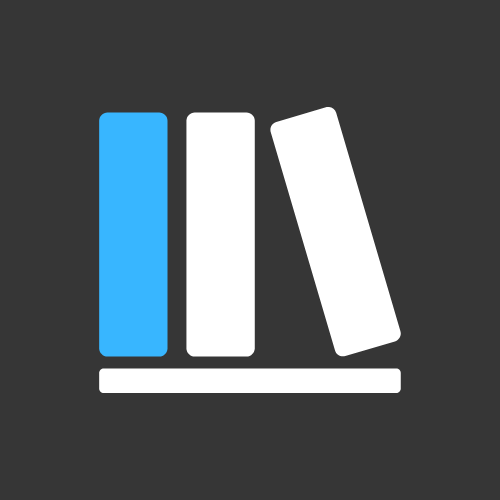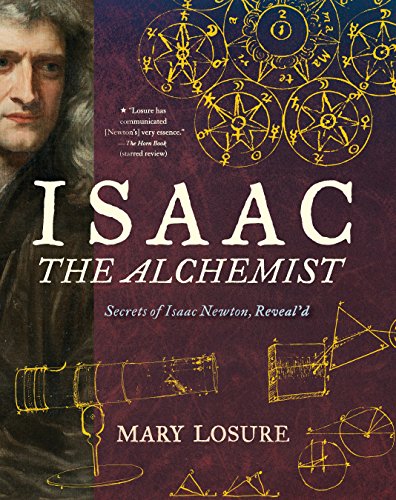On this page: General Resources | Renaissance | Printing Press | Reformation | Enlightenment | Industrial Revolution | Historical Fiction
general resources
📖 An Age of Voyages, 1350–1600 and An Age of Science and Revolutions, 1600–1800 from Oxford University Press. This pair of nonfiction chapter books gives a good overview of the key social and intellectual movements of Early Modern Europe. In An Age of Voyages, learn about the Renaissance, the printing press, Reformation, and the Age of Exploration. In Age of Science and Revolutions, learn about the Enlightenment and the Revolutionary movements of the Early Modern Age. – Middle
renaissance
📖 Renaissance World Series from Crabtree Publishing. Each of the nine books in this series covers a different aspect of the European Renaissance, including religion, painting, women, and science. These books make a fine supplement to an upper elementary or middle school study of the Renaissance. – Elementary • Middle
🔗 Content Connection: Renaissance Artists. Study the artists of the Renaissance.
▶️ The Renaissance from Crash Course. “In which John Green teaches you about the European Renaissance. European learning changed the world in the 15th and 16th century, but was it a cultural revolution, or an evolution? We'd argue that any cultural shift that occurs over a couple of hundred years isn't too overwhelming to the people who live through it. In retrospect though, the cultural bloom in Europe during this time was pretty impressive.” – Middle • High
printing press
📖 Fine Print: A Story about Johann Gutenberg by Joann Johansen Burch. There is not much in the historical record about the life of Johann Gutenberg. However, if you're looking for a decent biography of the man who invented the printing press, consider this short chapter book—it's one of only a few children's books on the subject. – Elementary • Middle
📖 From the Good Mountain: How Gutenberg Changed the World by James Rumford. "What mysterious thing came from Mainz? A printed book . . . and it changed the world forever." Written as a series of riddles, this simple picture book takes readers back to the printing of the first book in the 15th century. An epilogue gives some historical context. – Elementary
REFORMATION
📖 Martin Luther: A Man Who Changed the World by Paul Maier.
This is a picture book biography of the man who launched the Reformation, written from a Protestant Christian perspective. From the publisher: "This book teaches children about [Luther's] fascinating life, influence, and teaching while encouraging them to see how God uses them in His kingdom today. Children learn the historic background to a significant time in the church." – Elementary
enlightenment
📖 Isaac the Alchemist: Secrets of Isaac Newton, Reveal’d by Mary Losure. This short chapter book provides a glimpse into the life and times of Isaac Newton. The narrative focuses on Newton’s upbringing and his lifelong interest in science, math, and magic. Enjoy the black-and-white illustrations and the informative endnotes. – Middle
🔗 Content Connection: Universe. Read about the life and achievements of Galileo.
industrial revolution
▶️ The Industrial Revolution from Crash Course. John Green explains the Industrial Revolution and its consequences. Fast-paced, witty, PG-rated. – Middle • High
▶️ Capitalism and Socialism from Crash Course. “Learn how capitalism arose from the industrial revolution, and then gave rise to socialism. Learn about how we got from the British East India Company to iPhones and consumer culture in just a couple of hundred years. Stops along the way include the rise of industrial capitalism, mass production, disgruntled workers, Karl Marx, and the Socialist Beard. The socialist reactions to the ills of capitalism are covered as well, and John discusses some of the ideas of Karl Marx, and how they've been implemented or ignored in various socialist states. Plus, there are robots!” – Middle • High
historical fiction
📖 Alberic the Wise and Other Journeys by Norton Juster. From the author of The Phantom Tollbooth, here is a collection of three short stories set during the Renaissance: “The first is of Alberic and his endless search for wisdom—will his journey satisfy him in the end? The second reveals a boy with no illusions and a princess with no kingdom. The third is the tale of the richest monarch in the world—and the poorest. What they discover is as amusing as it is unexpected.” – Elementary • Middle
📖 Extraordinary Journey: A Boy's Mystical Quest for Fame, Fortune and Adventure by Rich Bergman. Here’s an adventure story to accompany a study of the Early Modern Era: “Join teen adventurer Ricardo Columbo as he leaves his native Spain and embarks on a life-changing quest through fourteenth century Europe, Africa and Asia . . . Traveling to Timbuktu, Jerusalem, Septagram, Dadu and other locales along the Silk Road, this courageous teenager finds creative ways to overcome many challenges and obstacles.” – Middle











